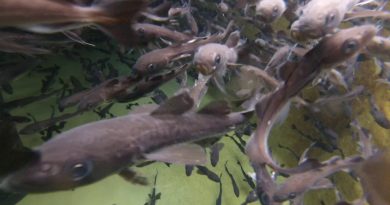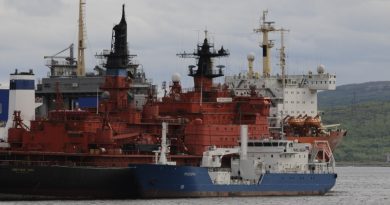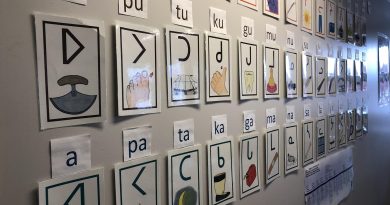Nornickel promises to slash toxic smelter emissions in northwest Russia
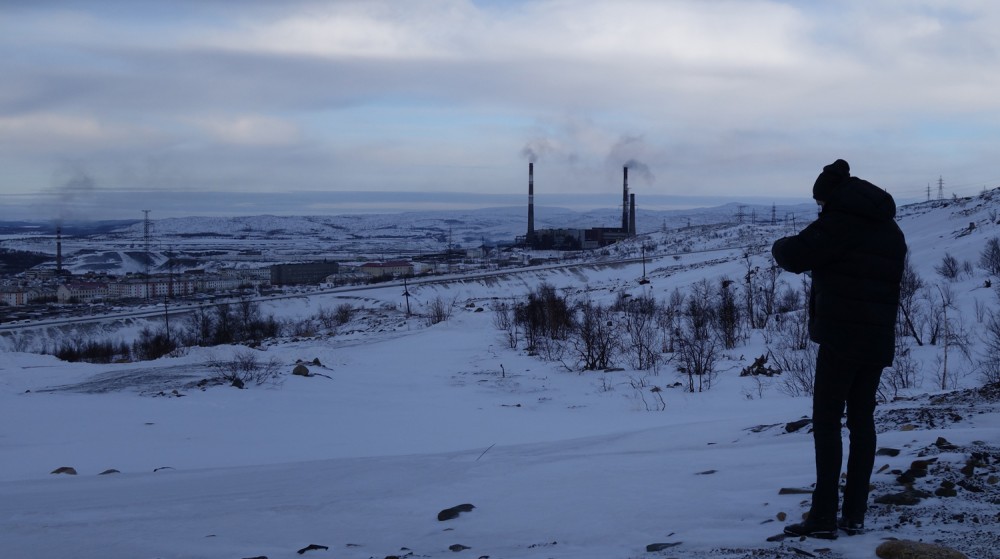
Sulphur dioxid gas still lies thick over the nickel plants located along the border to Norway. But there are now major emission cuts in the making, the company says.
Poisonous air on 25th January rolled over the border and into the Norwegian settlement of Svanvik where local authorities quickly recommended people to stay indoors. It was another day with heavy emissions from the melters in Nikel, the nearby company town of mining and metallurgy giant Norilsk Nickel.
The company that same evening decided to temporary reduce production in a bid to curb emissions.
“After we got the information about the unfavourable weather conditions we introduced limitations in the technological regime of the smelter in Nikel, even down to a halt in the feeding of raw materials to the furnaces,” says Yevgeny Bozenko, general director of Kola MMC, the regional subsidiary of Nornickel.
Additional measures now are being taken on quick response to similar situations, the company informs.
For the people living near Nornickel’s processing plants, poisonous air has for decades harmed local environment and quality of life.
Problem solved by 2023, CEO says
But that will soon change, Nornickel says.
In a meeting with President Vladimir Putin in late December 2018, Nornickel leader Vladimir Potanin promised clean air in the company towns.
“[…] we will have resolved these problems by 2023 by reducing the amount of sulphur dioxide emissions by 75 percent.”, Potanin underlined.
The sulphur dioxide will instead be used for production of sulphuric acid, Potanin explained. “We will produce sulphuric acid by neutralising the sulphur emissions based on Russian technology and store the output in a safe place”, he underlined.
The company is reportedly investing about 150 billion rubles (€2 billion) in the clean-up measures. Potanin is actively seeking state support from government and the Kremlin for the program.
“[…] nature protection is among your priorities, as far as I remember. I know that you are working on this”, Putin laconically said as he greeted the Nornickel leader.
“You are right”, Potanin responded.
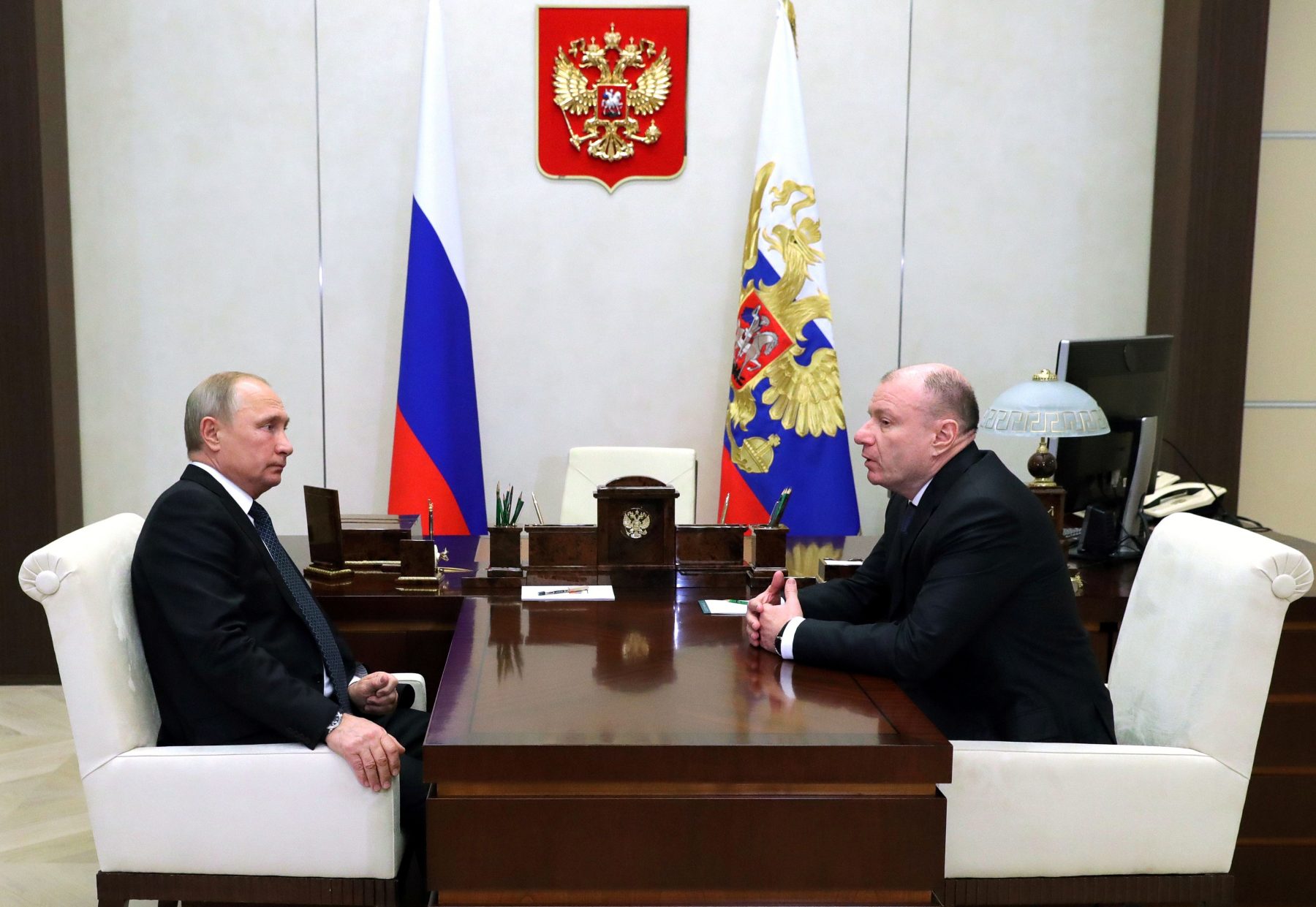
The company’s new environmental program gained pace in 2016, during the Russian Year of Ecology, and emissions started to shrink that same year.
A 22.8 percent reduction of regional sulphur dioxide emissions was made in 2016. Emissions continued to drop in 2017 as the production of sulphuric acid started.
According to the company, emissions from the plants in the Kola Peninsula in 2018 dropped to 104,800 tons, a more than 60 percent reduction since 1998. The plants in Pechenga Rayon, the area located along the border to Norway and Finland, in 2018 emitted 68,190 tons. That is a 65 percent drop since 1998 when emissions amounted to 188,700 tons.
Further reductions are in the pipeline, the company says. By 2023, the total SO2 emissions will be cut by 75 percent, company leader Potanin made clear to Putin.
“I must say I believe that our company will dramatically change within five or seven years”, he told the president. He also highlights that there are major digitalisation measures taken, which ultimately will reduce the number of people working in the plants.
Neighbours will feel the effects, Potanin says
According to Vladimir Potanin, people on the Norwegian and Finnish sides of the border will feel the effects of the modernisation.
“[…] our neighbours will have to admit that we are dealing with environmental matters and will not pollute their territories”, he said.
The plants in the border towns of Nikel and Zapolyarny have been a repeated issue in political meetings between the neighbouring countries. In the early 1990s a strong local movement called “Stop the Death Clouds” emerged in the Norwegian border town of Kirkenes, and local engagement in the issue has since remained strong.
The emissions from the Russian plants are likely to be on the agenda also when Norwegian Minister of Environment Ola Elvestuen travels to Moscow for bilateral meetings in mid-February.
The drop in emissions has not resulted in a lower production in Nornickel’s local plants. According to company information (in Russian), output from the plants in the Kola Peninsula in 2018 amounted to 158,005 tons of nickel concentrates, which is on the same level as in 2017.
Related stories from around the North:
Canada: Nunavut, Canada iron mine gets federal OK to up production with regional Inuit support, CBC News
Finland: Arctic Council experts gather in Helsinki for black carbon meeting, Eye on the Arctic
Norway: Iron mines in Arctic Norway could soon re-open, The Independent Barents Observer
Russia: New Finnish technology to slash nickel mining pollution in northwestern Russia, The Independent Barents Observer
Sweden: Many towns in Sweden seek funds to clean up polluted sites, Radio Sweden
United States: America’s most toxic site is in the Alaskan Arctic, Cryopolitics Blog

